Power meters explained
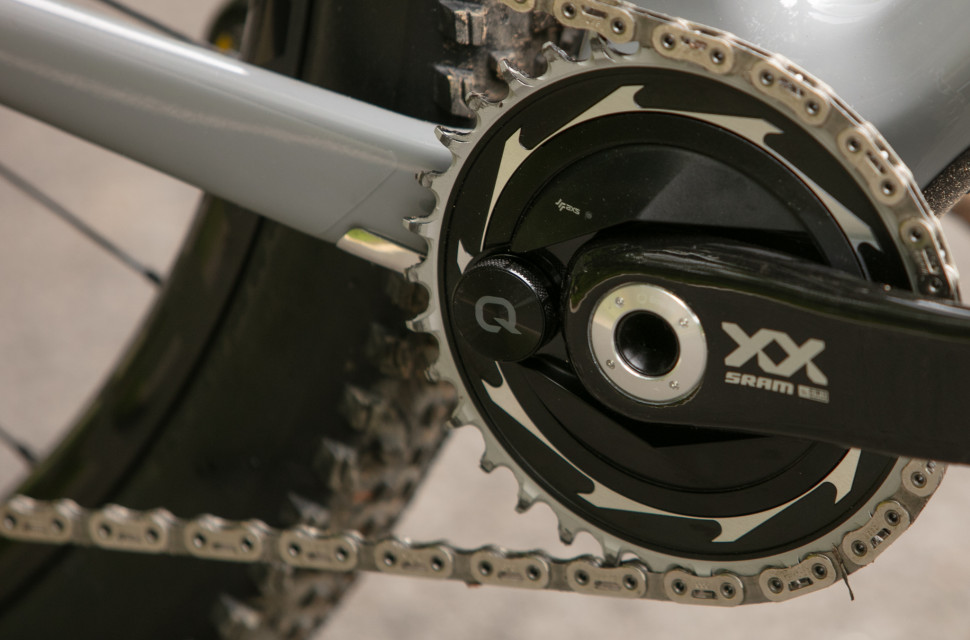
When pro riders and teams started using first-generation power meters, it was inconceivable that weekend warriors would ever have access to the technology. First-generation power meters were wildly expensive and seemingly complex to operate. Extracting data and creating actionable rider analysis required advanced technology knowledge. But power meters are now reasonably commonplace, having befitted from a significant reduction in cost without an erosion of functionality.
- Does cycling depend too much on technology?
- Best cycling computers 2024 - top options for mountain bikers
- Can F1 technology benefit mountain biking? Rimpact thinks so with its Tuned Mass Damper
How did power meters become so affordable? The global demand for smaller and better digital devices has helped cycling technology, too. Superior batteries, sensors, software, and signalling have created a contemporary power meter market that has brought all the functionality of pro rider data analytics to your local trails.
But how do power meters differ in functionality, and what kind of integration and data generation do you need?
Spider-based power meters
This remains one of the most popular power meter configurations because it shields the electronics and sensors from terrain strikes. Sensors are embedded in the crankset’s spider, measuring force.
A spider-based power meter does not have left-right sensors, because your crankset only has a driveside spider. However, the spider-based power meter produces output numbers created by software compensation and calculation. The spider-based power meter’s primary accuracy is very high, creating a quality data source for the total power estimation number it produces.
The shaping and number of fasteners required with a spider-based power meter make them more of an investment than a single-arm crank-based power meter would be.
Crankarm power meters
These power meters are widely credited for making more amateur riders graduates of the wattage college. Crankarm power meters can be purchased as an integrated component or upgraded as an aftermarket fitment. The cheaper option is an aftermarket sensor fitment.
Although crank-based power meters are lighter than the spider option, there are compatibility issues regarding drivetrain specification and frame clearance. Depending on your mountain or gravel bike’s bottom bracket size, Q-factor, and chainstay width, you could encounter clearance limitations.
That affordable crankarm-based power meter you desire might have a form factor that risks rubbing or touching your chainstays. Or it could not be incompatible with your drivetrain.
Futureproofing is another consideration with crankarm meters. If you upgrade to a bike that doesn’t work with the crank arms your power meter system is married to, there’s not much you can do but invest in a new setup.
Spindle, or axle, power meters
These are the ‘hidden’ options, with power meters embedded inside the crankset’s spindle. The benefits are obvious: no exposure to terrain strikes or damage during a crash.
With the electronics mounted inside the crankset spindle, rainy weather isn’t an issue. If you are anxious about expensive mountain or gravel bike electronics being exposed to the elements, that's something to consider.
Designers have used the available room inside a crankset’s spindle to optimise battery capacity, but these power meters only measure single-sided.
Pedal power meters
Adaptable and changeable, these power meters have seen a raft of new products in the last few years. Pedal power meters can be either asymmetric (one-sided), or dual-sided.
These power meters are a challenge for engineers and designers to package. All the electronics and battery capacity is housed in a very limited space – the pedal. Some of these power meters can feature fiddle battery doors, and with all pedal-based systems, there’s the risk of a terrain strike damaging the electronics. Pedal strikes aren't unusual for mountain bikers and gravel riders, and if you impact a rock with a pedal-based power meter system, it could trigger premature product wear.
Over other power meters, the pedal option is easiest to migrate with your upgrade to a future mountain or gravel bike. If you want to invest in a single power meter system between mountain and gravel bikes, the pedal solution is the best and easiest to move from one bike to another.
Accuracy and analysis
No data harvesting is flawless, but power meters are mostly accurate to between one- and three per cent variation. That’s an entirely acceptable range, and it’s worth remembering that the wattage measured is only part of the power meter’s role in your advanced training ecosystem.
Its value is creating a consistent data stream, which flows into whichever software you use to evaluate, manage and plan your training. With the enormous advancements in software architecture and processing power, even weekend warrior now have access to analysis tools that were once only the preserve of pro teams with huge budgets and PhD sports scientists.
The quality of your power meter data influences the possible depth of analysis. Why does that matter? One of the most valuable aspects of rider analysis that power meter technology can help with is pedal stroke and asymmetric power generation. That’s where the issue of single- versus dual-sided power meters becomes a debate of cost versus outcome.
If you want the deepest possible data analysis via your power meter numbers, a dual-sided power meter is the one. Although sophisticated software can use single-sided power meter data to create ‘symmetry’, it’s never perfect. With a dual-sided power meter, the calibre of software and user interfaces available today can help keen amateur riders, without advanced data analysis knowledge, easily understand what is happening with their pedal stroke and asymmetric power production.
Enhancing your mountain or gravel biking
Power meters and their data aren’t about ego or trying to be a pseudo-pro. It’s about harvesting useful data to create actionable insights – primarily for rider longevity and injury prevention. Perfect pedal stroke doesn’t develop naturally for most riders and imperfections in your pedal stroke aren’t just about suboptimal power production. Poor pedal stroke technique can compound over time, increasing injury risk.
Although power meters and pedal stroke analysis originate in the pro peloton of road cycling, there’s also real value for mountain bikers and gravel riders. Developing a smoother, more controlled pedal stroke, and understanding how and where you are on your power production threshold can make you a more complete off-road rider, especially when climbing technical terrain.
On a loose shale incline or when navigating up tight, root-littered singletrack with switchback corners, riders with a smoother pedal stroke are less likely to create wheelspin or momentary pedal backstrokes.
A final word on power meters regards the lure of buying a very cheap legacy system, which isn’t wireless. This is a bad idea.
Older power meters used tiny antennas to signal. Contemporary power meters use ANT+ or Bluetooth connectivity to flow data into your cycling computer, device, or head unit. You don’t want to be dealing with a ‘bargain’ legacy power meter from many years ago, which is a nightmare to pair with the devices that store and make your riding data readable and usable.
You might also like:
- Gravel bike suspension and dropper posts - do you need them?
- How to tweak your mountain bike's geometry - Cockpit
- Buyer's guide: electric mountain bikes - all you need to know about e-bikes
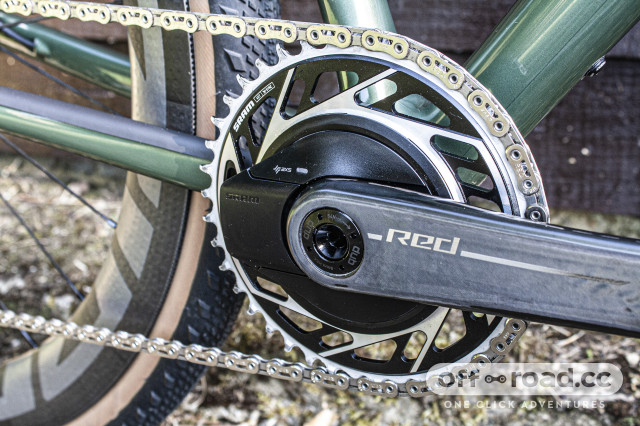




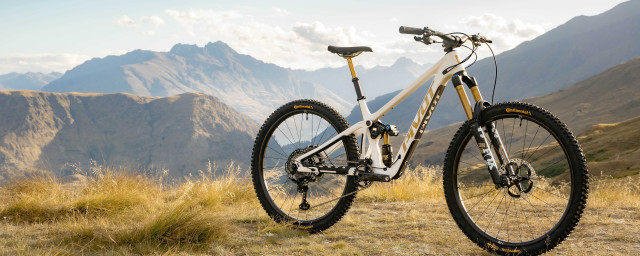
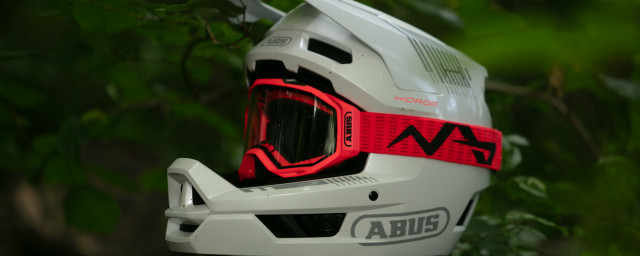
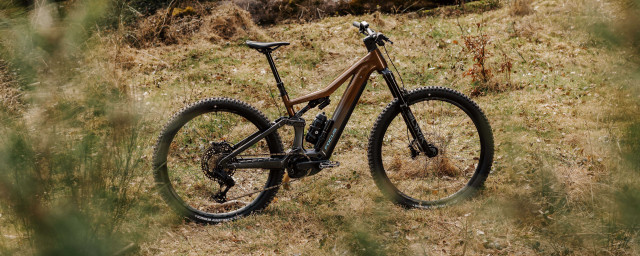
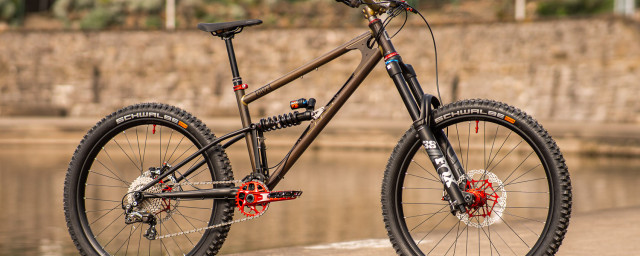
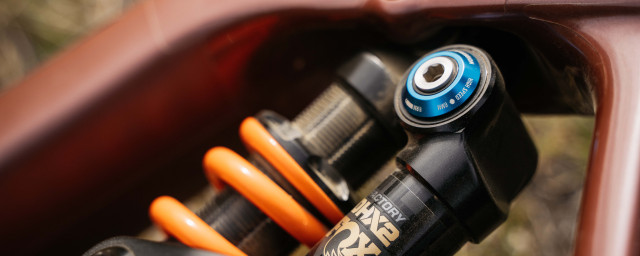



1 comments
The article is missing an option. If you at all ride indoors the first place to get a PM is in your turbo. Turbo training is the most effective way to train with a PM because the variables are more controlled and you have less faffing about to get ready. You can squeeze a turbo session in almost anytime rain or shine.